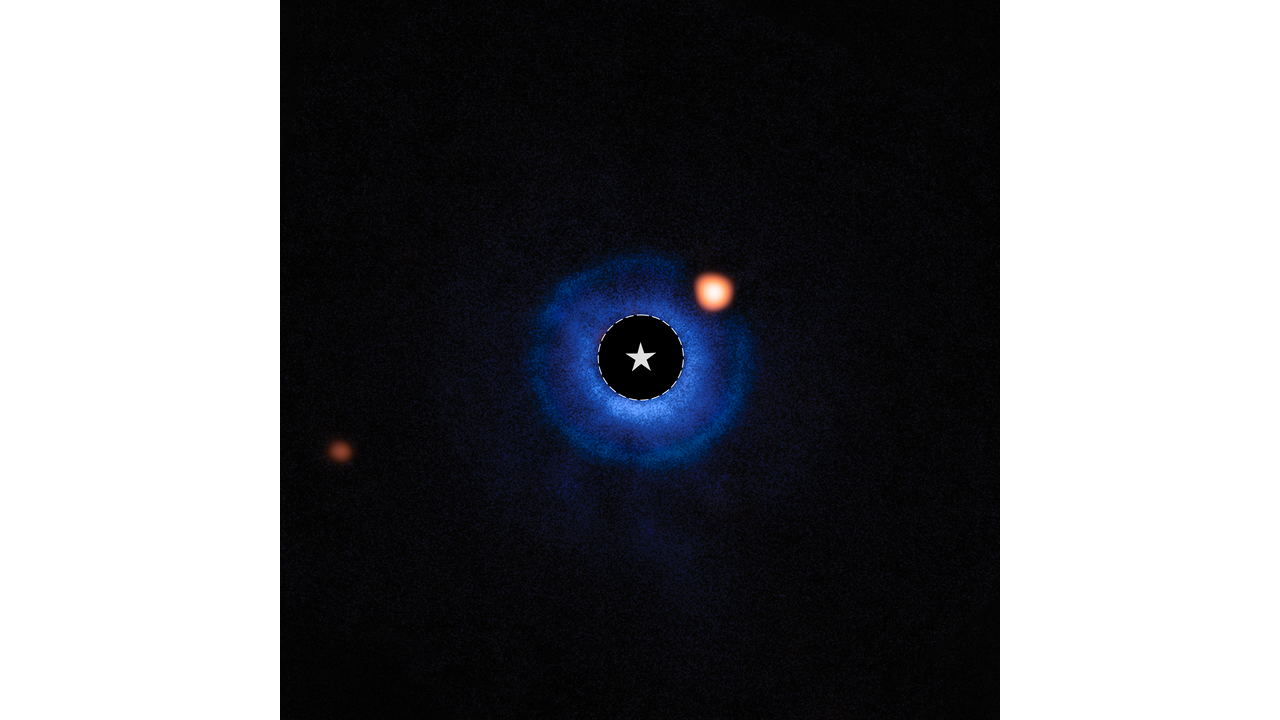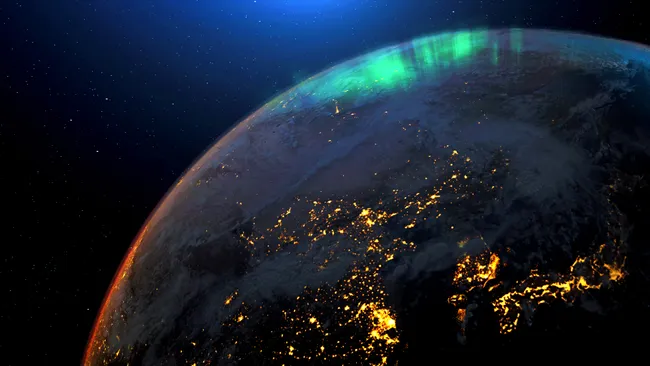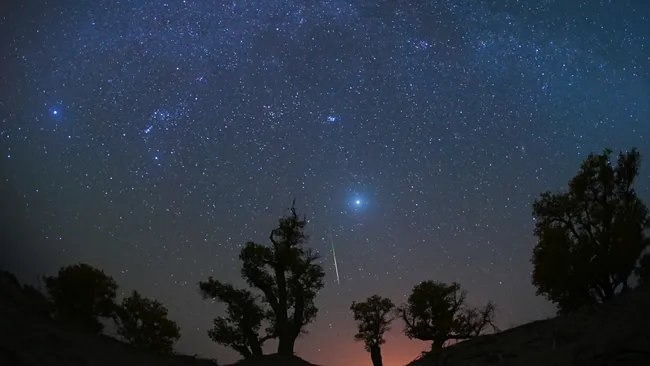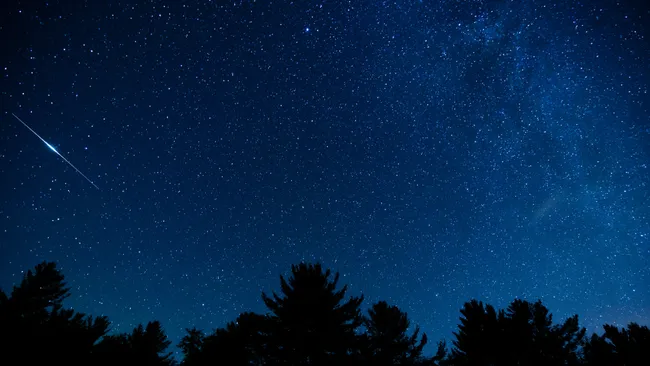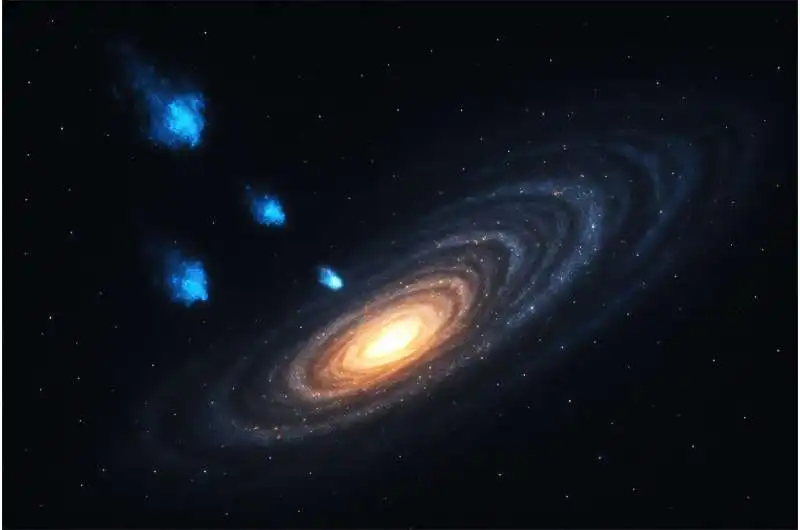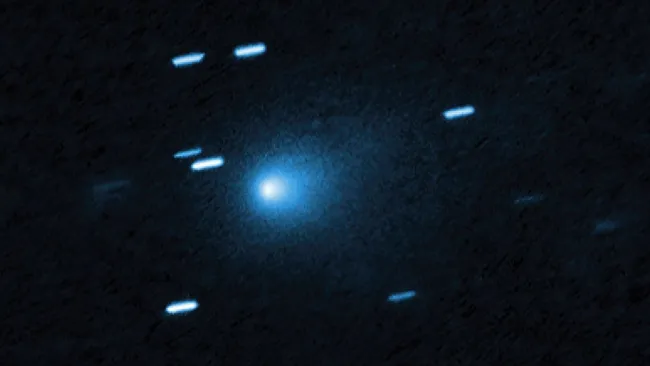The James Webb Space Telescope (JWST) has captured a direct image of a previously unknown exoplanet, marking a significant milestone for the observatory. The discovery, published on June 25, 2025, in Nature, was led by a researcher from the Centre National de la Recherche Scientifique (CNRS) in Paris. This achievement was made possible by a coronagraph—developed in France—attached to JWST’s Mid-Infrared Instrument (MIRI).
Challenging to Capture
Astronomers study exoplanets to better understand how planetary systems, including our own, are formed. As of June 11, 2025, a total of 5,921 exoplanets have been confirmed, most discovered through indirect methods. That’s because directly imaging exoplanets is difficult: they’re dim and lie very close to their much brighter host stars, often getting lost in the glare.
Yet, JWST succeeded in capturing a direct image of a planet now designated TWA 7 b. This was achieved through a collaboration between CNRS and the Centre for Extragalactic Astronomy at Durham University, which developed a coronagraph for MIRI. The coronagraph mimics a total solar eclipse, where instead of the Moon, an internal mask blocks the starlight, revealing nearby objects such as planets.
A Promising Target
Some star systems are particularly good candidates for imaging, especially those a few million years old with debris disks that are oriented face-on to Earth. In such systems, planets are young and still radiating heat, making them easier to detect in the mid-infrared—precisely the wavelength JWST specializes in.
The star CE Antliae, referred to as TWA 7 in this study, is one such target. It features three concentric rings of debris, one of which is tightly defined and flanked by two largely empty gaps. Within that ring, JWST detected a heat source. After detailed analysis and computer simulations, scientists concluded it was likely a young exoplanet. The simulations matched the actual disk structure, confirming the presence of a planet-shaped gap at that location.
A Lightweight Discovery
The planet TWA 7 b—the first planet found in this system—is remarkably low in mass. Weighing in at roughly 30% of Jupiter’s mass, or about the same as Saturn, it is ten times less massive than the lightest exoplanet previously directly imaged.
This breakthrough demonstrates JWST’s ability to capture images of smaller, colder planets—ones that may be more Earth-like than gas giants such as Jupiter. Astronomers now hope to image planets as small as 10% of Jupiter’s mass, which could significantly expand our catalog of potentially habitable worlds.
Looking ahead, this result confirms the promise of next-generation telescopes, both in space and on Earth, particularly when paired with more advanced coronagraphic technology. The coming decades may witness an exponential increase in the direct imaging of Earth-sized exoplanets orbiting distant stars.

